Home>Garden Essentials>How Many Carrots From One Seed
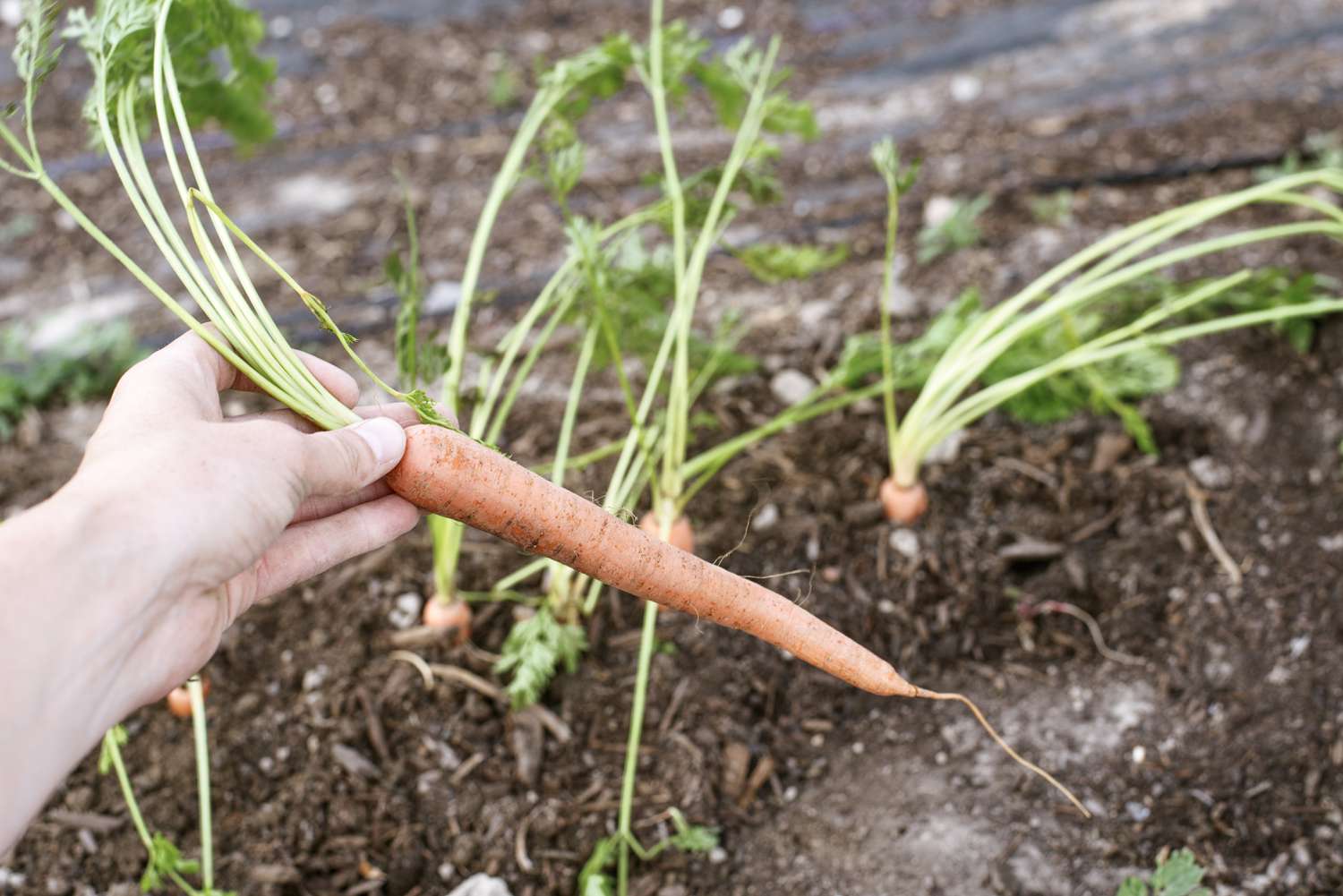

Garden Essentials
How Many Carrots From One Seed
Modified: May 6, 2024
Discover how many carrots you can grow from just one seed in your garden. Maximize your harvest with our expert tips and tricks.
(Many of the links in this article redirect to a specific reviewed product. Your purchase of these products through affiliate links helps to generate commission for Storables.com, at no extra cost. Learn more)
Introduction
Welcome to the world of gardening! Whether you are a seasoned gardener or just starting out, growing your own fruits and vegetables can be a rewarding and fulfilling experience. One vegetable that often finds its way into many home gardens is the humble carrot. Known for its vibrant color, sweetness, and versatility in culinary dishes, carrots are a popular choice for home gardeners.
When it comes to growing carrots, it’s not just about the delicious roots. Understanding the process of carrot seed germination and the factors that affect it can help you maximize your carrot yield and ensure a successful harvest. In this article, we will explore the factors that influence carrot seed germination, discuss the ideal growing conditions for carrots, and answer the question, “How many carrots can one seed produce?”
So, grab your gardening gloves and let’s dig in!
Key Takeaways:
- Carrot seed germination is influenced by factors like soil temperature, moisture, and seed depth. Providing optimal growing conditions and thinning seedlings can maximize carrot yield for a bountiful harvest.
- Implementing best practices such as regular watering, weed control, and proper harvesting and storage techniques can enhance carrot yield. Embrace the joy of gardening and enjoy the flavorful rewards of homegrown carrots!
Read more: How Many Carrots Do You Get From One Seed
Factors Affecting Carrot Seed Germination
Carrot seed germination can be impacted by several factors. Understanding these factors and taking them into account when planting can greatly improve the success rate of your carrot seeds. Here are some key factors that affect carrot seed germination:
- Soil Temperature: Carrot seeds require specific soil temperatures to germinate successfully. The ideal soil temperature for carrot seed germination is between 50°F (10°C) and 75°F (24°C). If the soil is too cold or too hot, germination can be slow or unsuccessful. It’s crucial to check the soil temperature before sowing carrot seeds.
- Moisture: Adequate moisture is essential for carrot seed germination. Seeds need to be consistently moist, but not soaked, for successful germination. Dry conditions can hinder germination, so it’s important to water the soil regularly, especially during dry spells.
- Seed Depth: The depth at which carrot seeds are planted can impact their germination. Carrot seeds are very small and should be planted shallowly, at a depth of around 1/4 to 1/2 inch (0.6 to 1.3 cm). Planting them too deep can lead to poor germination rates.
- Seed Quality: The quality of carrot seeds is crucial for successful germination. It’s recommended to purchase seeds from reputable sources to ensure they are of high quality and have a good germination rate. Check the seed packet for information on seed quality and germination rates.
- Weed Competition: Weeds can compete for resources and space, which can affect carrot seed germination. It’s important to keep the planting area weed-free to minimize competition and allow the carrot seeds to establish and germinate successfully.
By considering these factors and providing the optimal conditions for carrot seed germination, you increase the chances of successful germination and healthy carrot plants. Now that we understand the factors that affect carrot seed germination, let’s move on to exploring the ideal growing conditions for carrots.
Ideal Growing Conditions for Carrots
Carrots thrive in specific growing conditions that provide them with the necessary nutrients, sunlight, and moisture. Creating the ideal environment for carrot growth will ensure healthy plants and a bountiful harvest. Here are the key factors to consider when providing the ideal growing conditions for carrots:
- Sunlight: Carrots are sun-loving plants and need at least six hours of direct sunlight each day. Choose a planting location that receives ample sunlight to promote healthy growth and root development.
- Soil: Carrots prefer loose, well-draining soil with a sandy or loamy texture. Heavy clay soils can hinder root growth and lead to misshapen carrots. Prior to planting, prepare the soil by removing any rocks, debris, or clumps. Adding organic matter, such as compost, can improve soil structure and provide essential nutrients.
- pH Level: Carrots prefer slightly acidic to neutral soil, with a pH range of 5.5 to 7.0. Test your soil’s pH level and adjust it if necessary using amendments such as lime or sulfur.
- Temperature: Carrots are cool-season vegetables that prefer temperatures between 60°F (15°C) and 70°F (21°C). They can tolerate light frosts, but prolonged exposure to temperatures below 50°F (10°C) can stunt their growth. Start planting carrots in early spring or late summer for best results.
- Watering: Carrots require consistent moisture throughout their growth period. Be careful not to overwater, as this can lead to rot or split roots. Aim for about 1 inch (2.5 cm) of water per week, either through rainfall or supplemental watering.
- Thinning: Carrot seedlings need room to grow, so thin them out once they reach about 2 inches (5 cm) in height. Thin plants to a spacing of about 2 to 3 inches (5 to 7.5 cm) apart to give each plant enough space to develop a healthy root system.
By providing these ideal growing conditions, you will set your carrots up for success. Now that we know how to create the best environment for carrots, let’s find out how many carrots we can expect from a single seed.
To maximize carrot yield from one seed, plant in loose, well-drained soil and keep consistently moist. Thin seedlings to 2-4 inches apart for larger carrots.
How Many Carrots Can One Seed Produce?
The number of carrots that can be produced from a single seed depends on various factors, including the variety of carrot, growing conditions, and cultivation practices. While it is impossible to determine an exact number, it is generally recommended to thin out the seedlings to allow each carrot plant to develop properly. This process involves removing excess seedlings so that the remaining ones have sufficient space to grow.
Typically, gardeners thin carrot seedlings to about 2 to 3 inches (5 to 7.5 cm) apart. This spacing ensures that each carrot has enough room to form a healthy root. The thinning process may seem wasteful, but it is essential for the overall growth and yield of the carrots. By removing excess seedlings, you are enabling the remaining ones to receive the necessary nutrients, sunlight, and water, resulting in larger and more robust carrots.
Keep in mind that not every carrot seed will germinate, and not every germinated seed will develop into a mature carrot. Some seeds may be damaged, while others may fail to germinate due to unfavorable conditions. Additionally, carrots have different growth habits and sizes depending on the variety. Some varieties are known for producing smaller, baby carrots, while others can grow into longer, larger carrots.
In general, you can expect to harvest multiple carrots from each thinned seedling. However, the exact number will vary based on the factors mentioned above. With proper care and optimal growing conditions, a single carrot seed can produce anywhere from one to several carrots. The quality of soil, regular watering, and providing adequate sunlight will contribute to the overall yield and size of the carrots.
Remember to monitor your carrot plants closely as they grow and make adjustments to their care, such as watering and fertilizing, as needed. By paying attention to your plants and providing optimal conditions, you can maximize their potential and enjoy a plentiful harvest of fresh, homegrown carrots.
Now that we understand how many carrots can be produced from a single seed, let’s explore some best practices for maximizing carrot yield.
Best Practices for Maximizing Carrot Yield
If you’re looking to maximize your carrot yield and enjoy a bountiful harvest, consider implementing the following best practices:
- Thinning: As mentioned earlier, thinning carrot seedlings is crucial for proper growth. Remove excess seedlings to allow adequate space for the remaining carrots to develop into healthy roots. Aim for a spacing of 2 to 3 inches (5 to 7.5 cm) between each plant.
- Regular Watering: Carrots require consistent moisture for optimal growth. Ensure that the soil stays evenly moist without becoming waterlogged. Avoid drought stress by watering deeply once or twice a week, especially during dry spells.
- Weed Control: Keep the carrot bed free from weeds, as they can compete for resources and hinder carrot growth. Regularly remove weeds through hand pulling or shallow cultivation. Mulching the soil can also help suppress weed growth.
- Fertilization: Prior to planting carrots, incorporate organic matter, such as compost or well-rotted manure, into the soil to provide essential nutrients. Carrots are not heavy feeders, so avoid excessive fertilization, which can lead to excessive foliage growth rather than root development.
- Pest and Disease Management: Keep an eye out for common carrot pests, such as carrot rust flies and aphids. Use organic pest control methods or repellents as needed. Rotate your carrot crops each year to minimize the risk of disease buildup in the soil.
- Harvesting: Carrots are usually ready for harvest 60 to 80 days after planting, depending on the variety. Gently loosen the soil around the base of the carrot and carefully pull it out. Harvest carrots when they reach the desired size and color, as leaving them in the ground for too long can result in woody and less flavorful roots.
- Storage: Proper storage is essential to preserve the quality and freshness of harvested carrots. Remove the tops of the carrots and store them in a cool, dark, and humid place. Carrots can be stored in a plastic bag or container with holes to allow for some airflow. Check regularly for any signs of spoilage.
By following these best practices, you can increase your chances of maximizing carrot yield and enjoying a plentiful harvest of delicious and nutritious carrots from your garden.
Now that you are armed with the knowledge of best practices, you are well-equipped to grow carrots successfully. Happy gardening and enjoy your homegrown carrots!
Read more: How Many Beets Grow From One Seed
Conclusion
Growing carrots can be a rewarding experience, allowing you to enjoy the satisfaction of harvesting your own fresh and delicious vegetables. By understanding the factors that affect carrot seed germination, creating ideal growing conditions, and implementing best practices, you can maximize your carrot yield and ensure a successful harvest.
Take into account the factors that influence carrot seed germination, such as soil temperature, moisture, seed depth, seed quality, and weed competition. Providing the optimal growing conditions for carrots, including ample sunlight, well-draining soil, the right pH level, appropriate temperature, and consistent watering, will support healthy carrot growth.
Remember to thin out your carrot seedlings to allow each plant enough space to form a healthy root. Even though it may seem difficult to remove some of the seedlings, thinning is essential for the overall growth and yield of the carrots.
Implementing best practices, such as regular watering, weed control, appropriate fertilization, pest and disease management, proper harvesting and storage techniques, will further enhance your carrot yield and ensure the production of quality carrots.
Throughout your journey as a gardener, continue to learn and adapt your techniques. Experiment with different carrot varieties and cultivation methods to discover what works best for you and your garden. Gardening is a continuous learning process, and each season brings new opportunities for growth and improvement.
So, embrace the joy of gardening and take pride in growing your own carrots. With patience, care, and the knowledge you’ve gained, you’ll be rewarded with a plentiful harvest of vibrant, flavorful carrots that you can enjoy in a variety of culinary creations.
Now, get out there and start planting your carrot seeds. Happy gardening!
Ready to spruce up your garden's appeal or speed up your seeding process? If designing an eye-catching barrier piques your interest, check out our creative garden fence ideas. Curious about how quickly seeds turn into plants? Our detailed guide on seed germination times will clear up any confusion and help plan your planting better.
Frequently Asked Questions about How Many Carrots From One Seed
Was this page helpful?
At Storables.com, we guarantee accurate and reliable information. Our content, validated by Expert Board Contributors, is crafted following stringent Editorial Policies. We're committed to providing you with well-researched, expert-backed insights for all your informational needs.
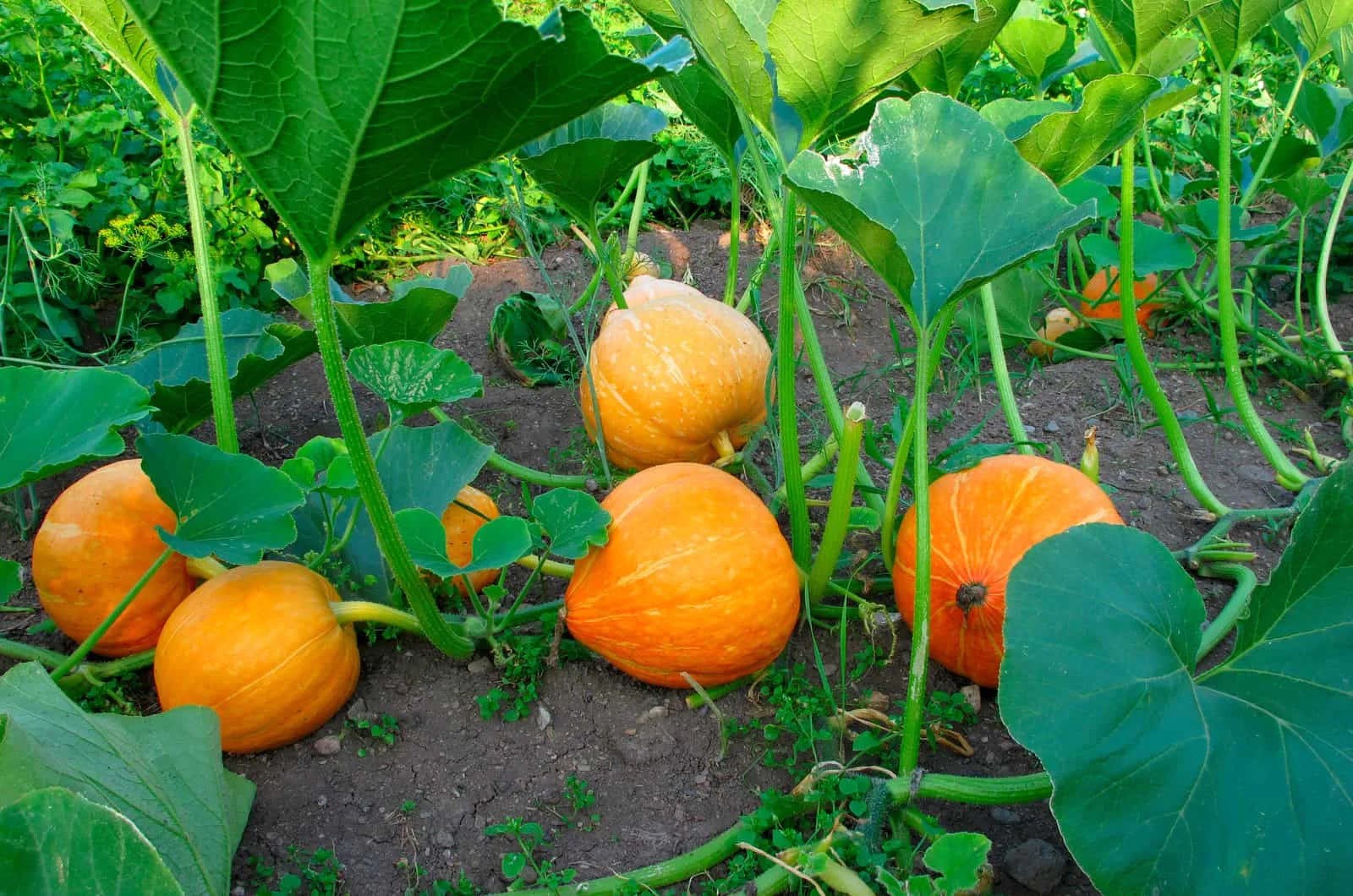
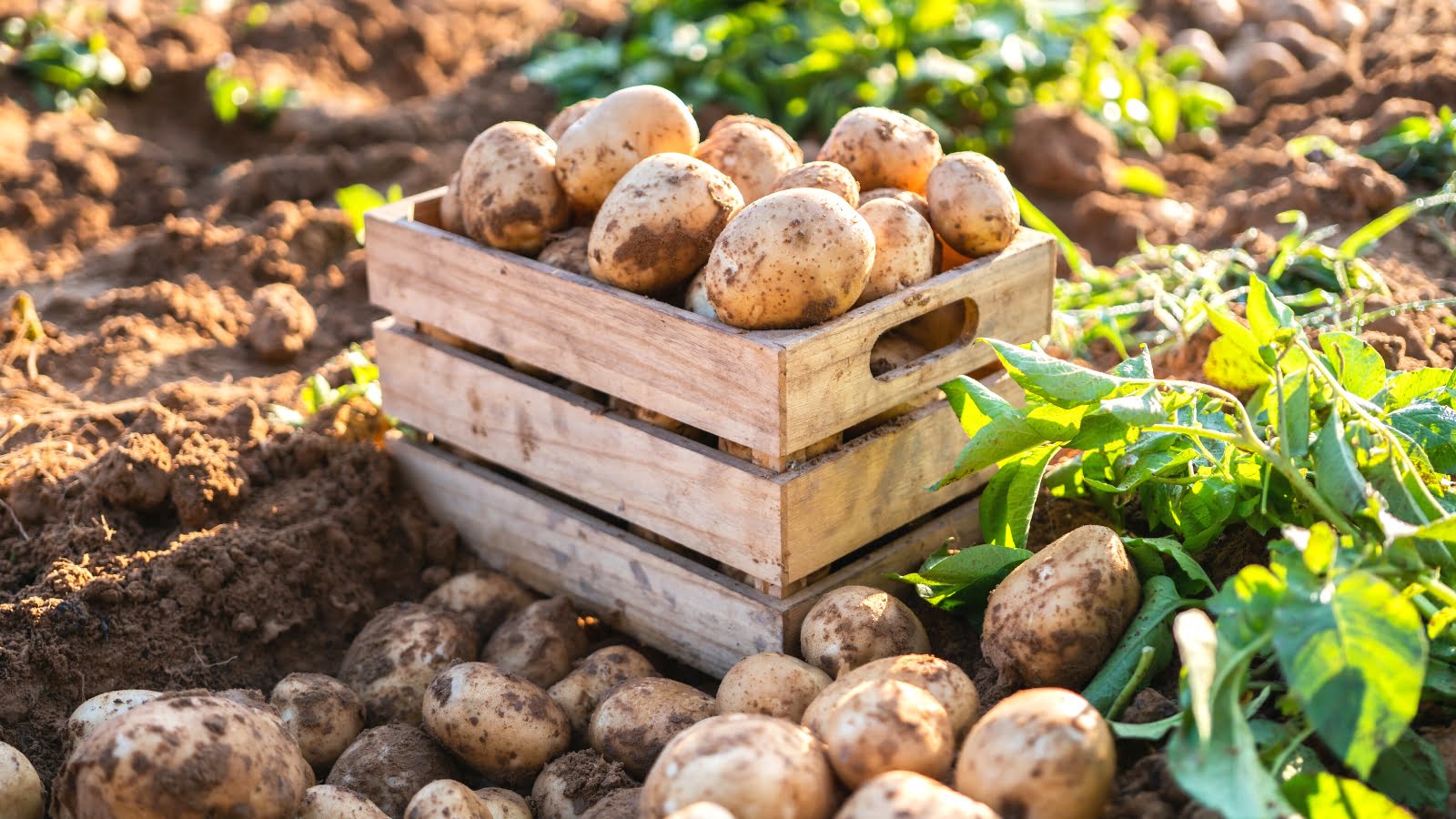
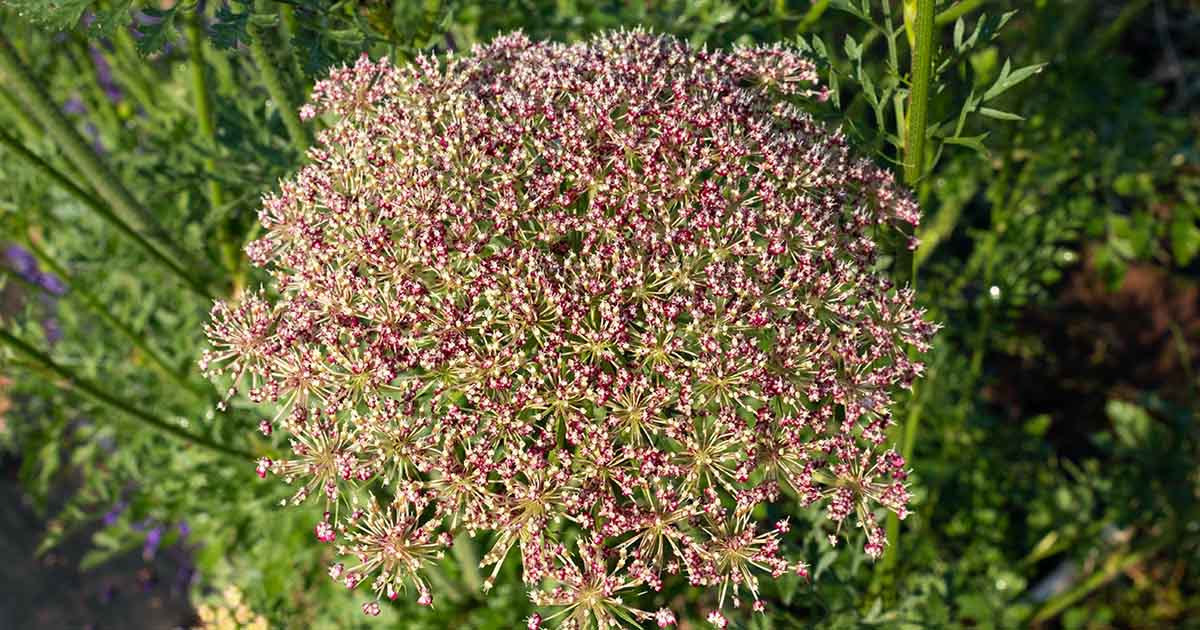
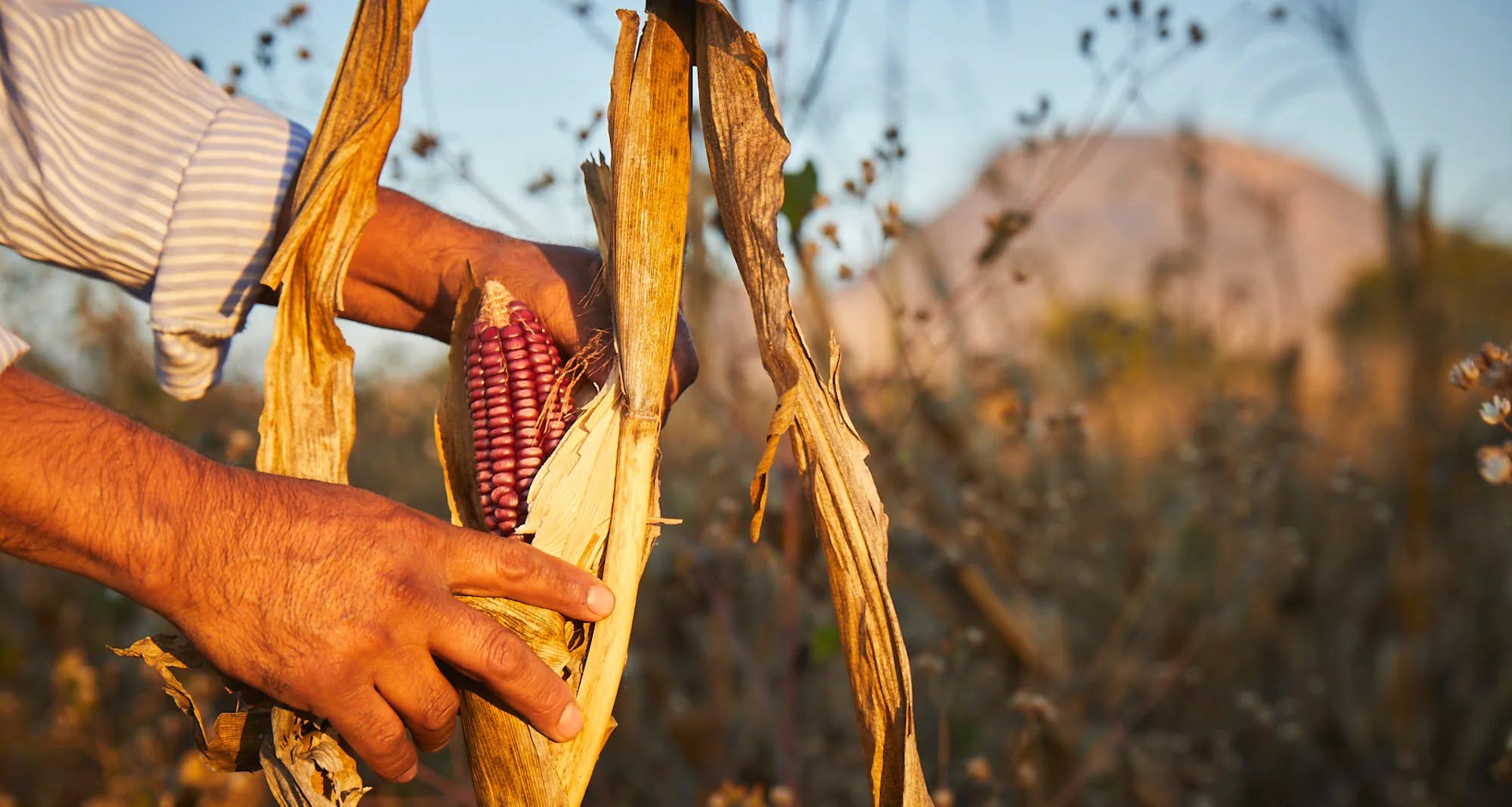
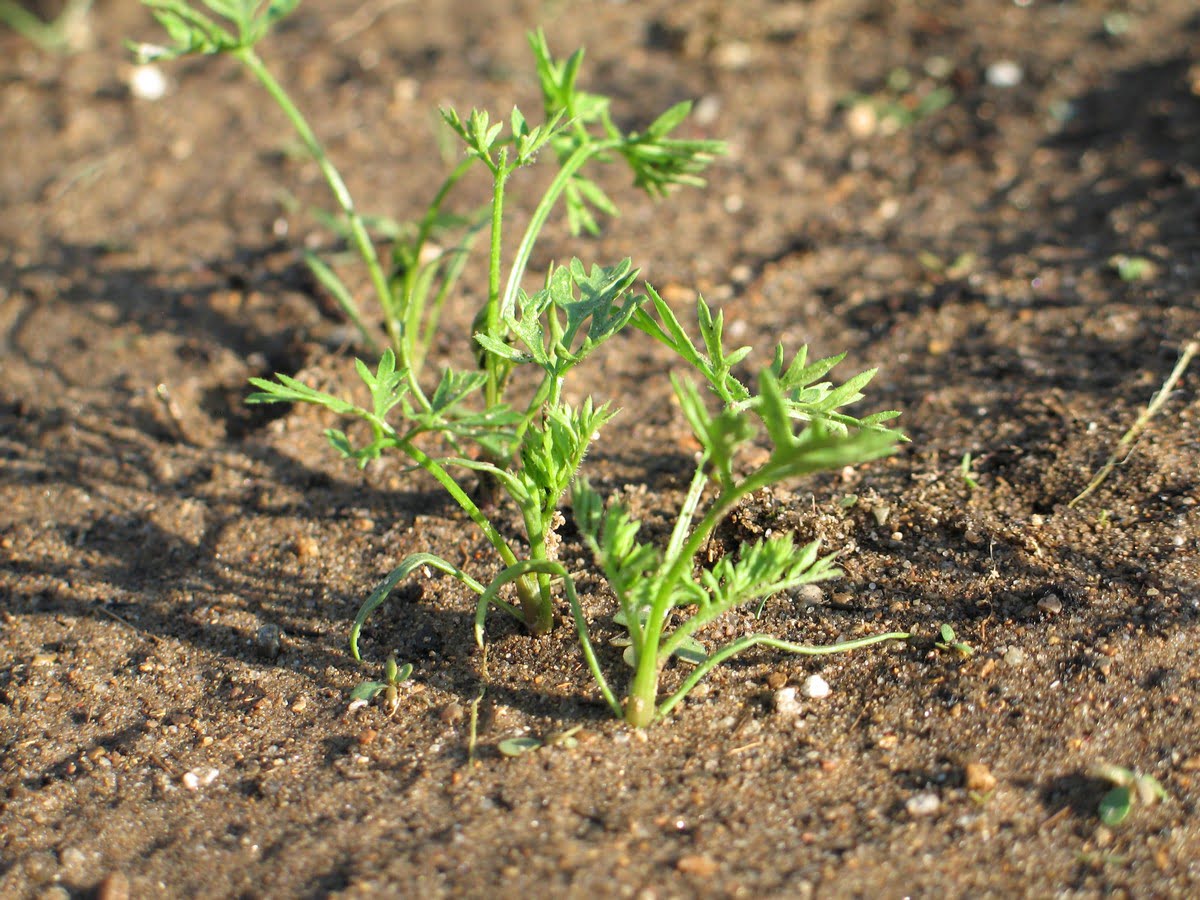
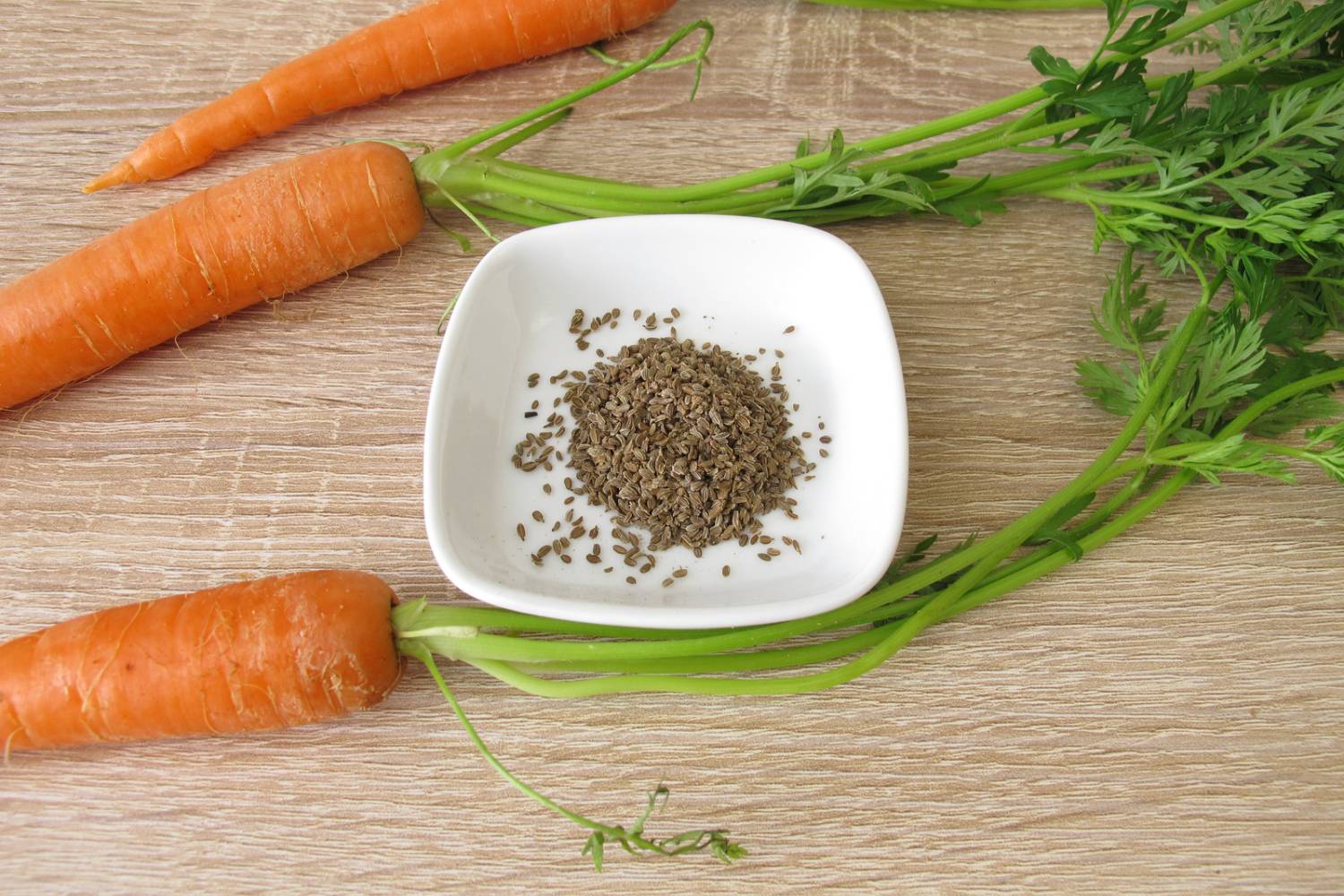
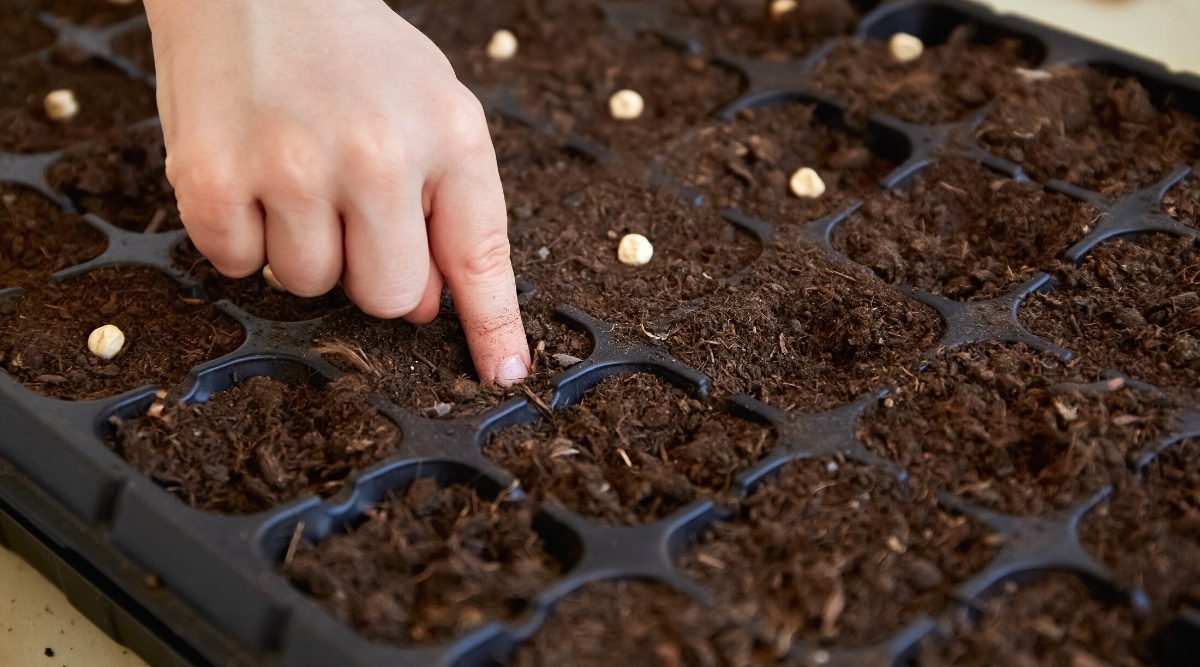
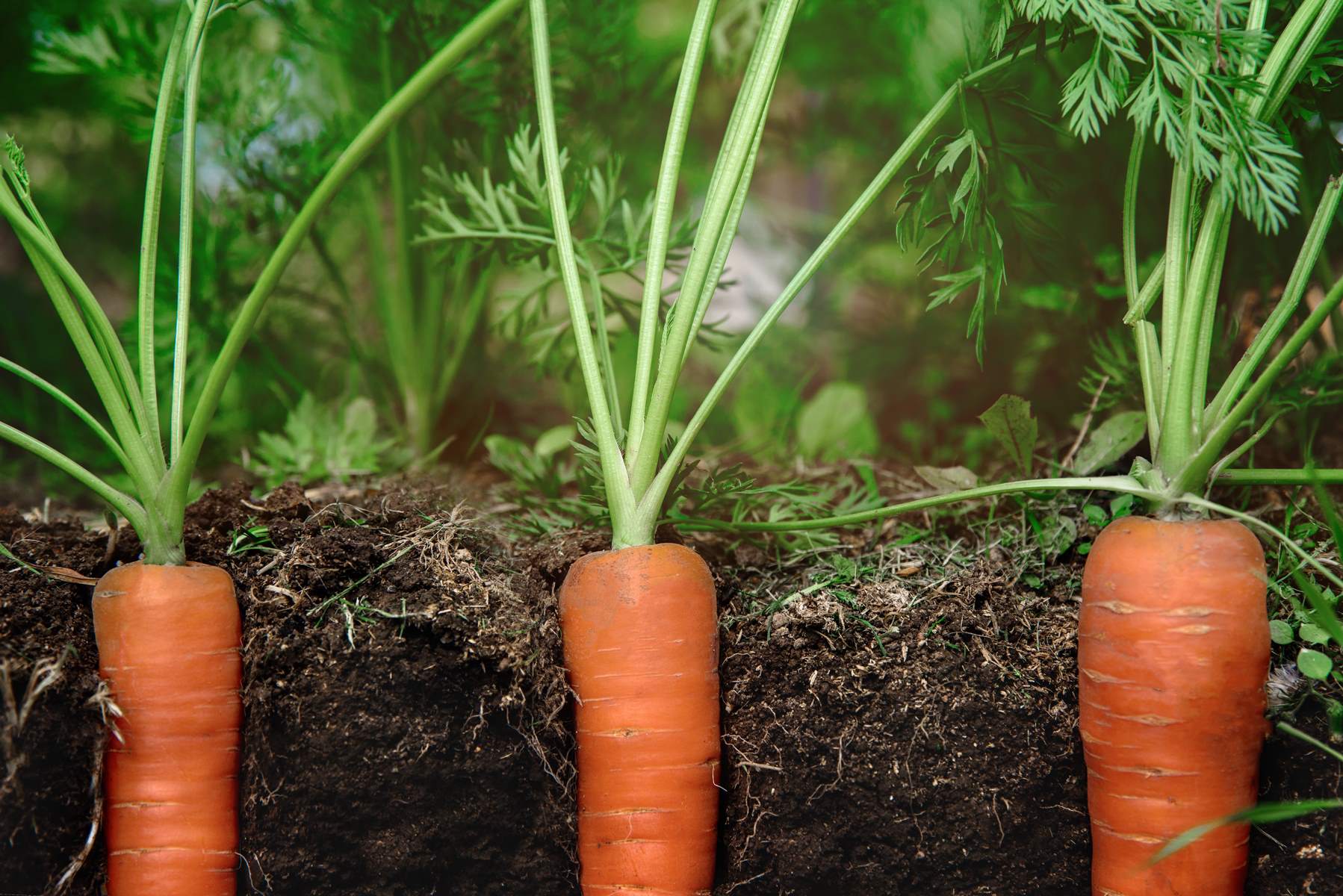
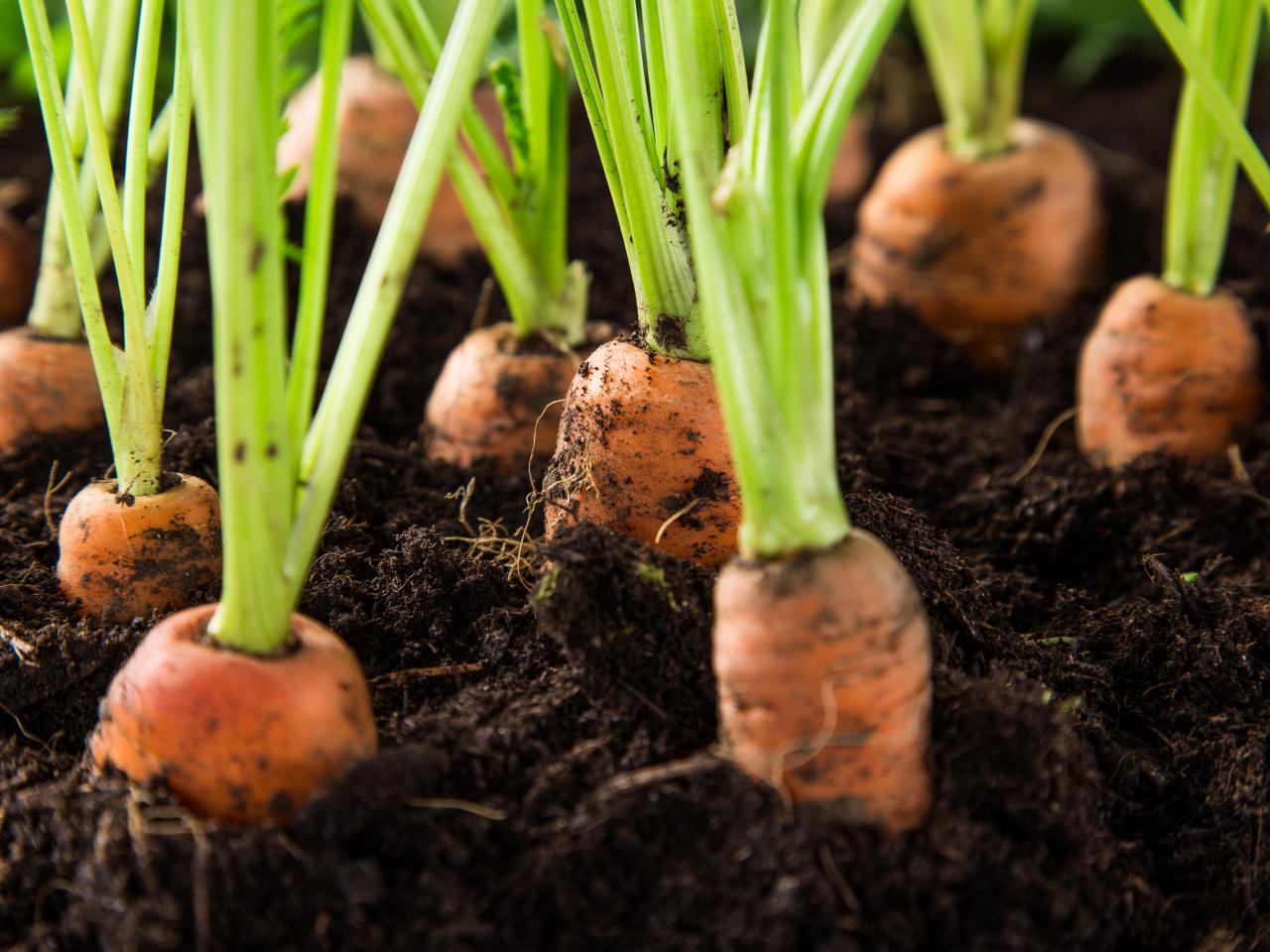
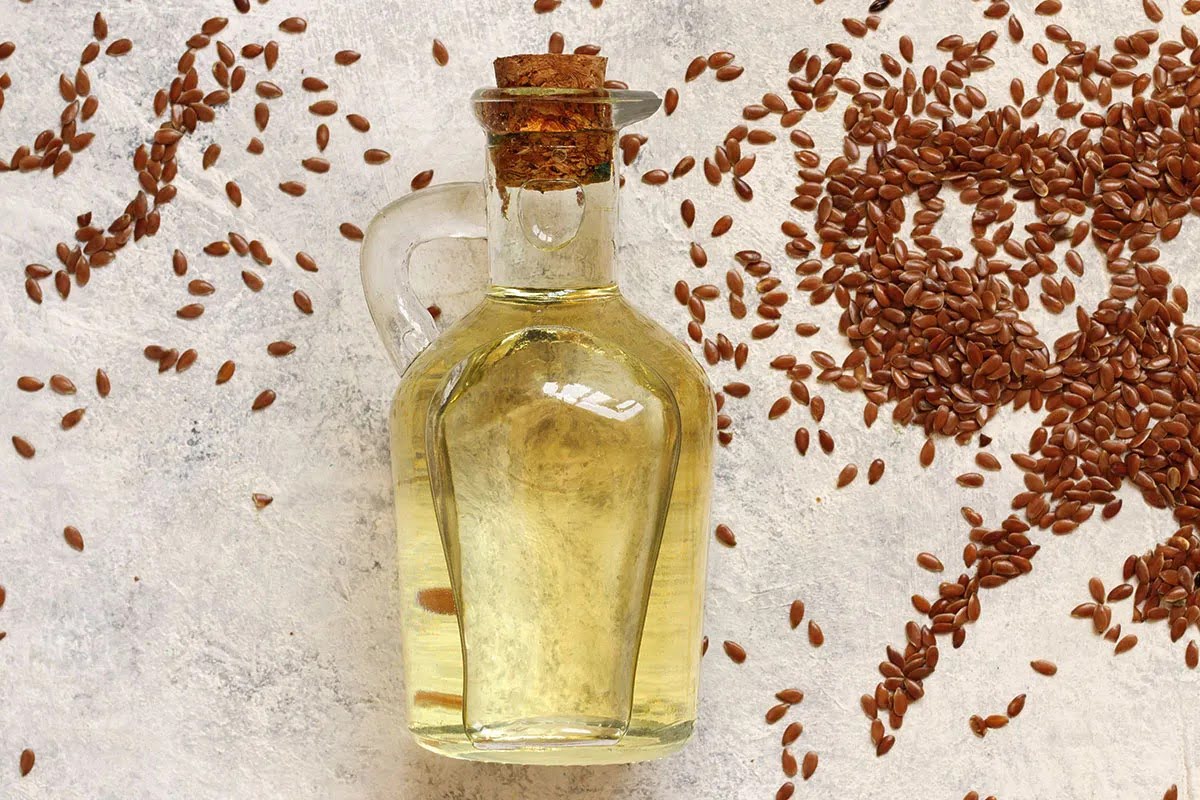
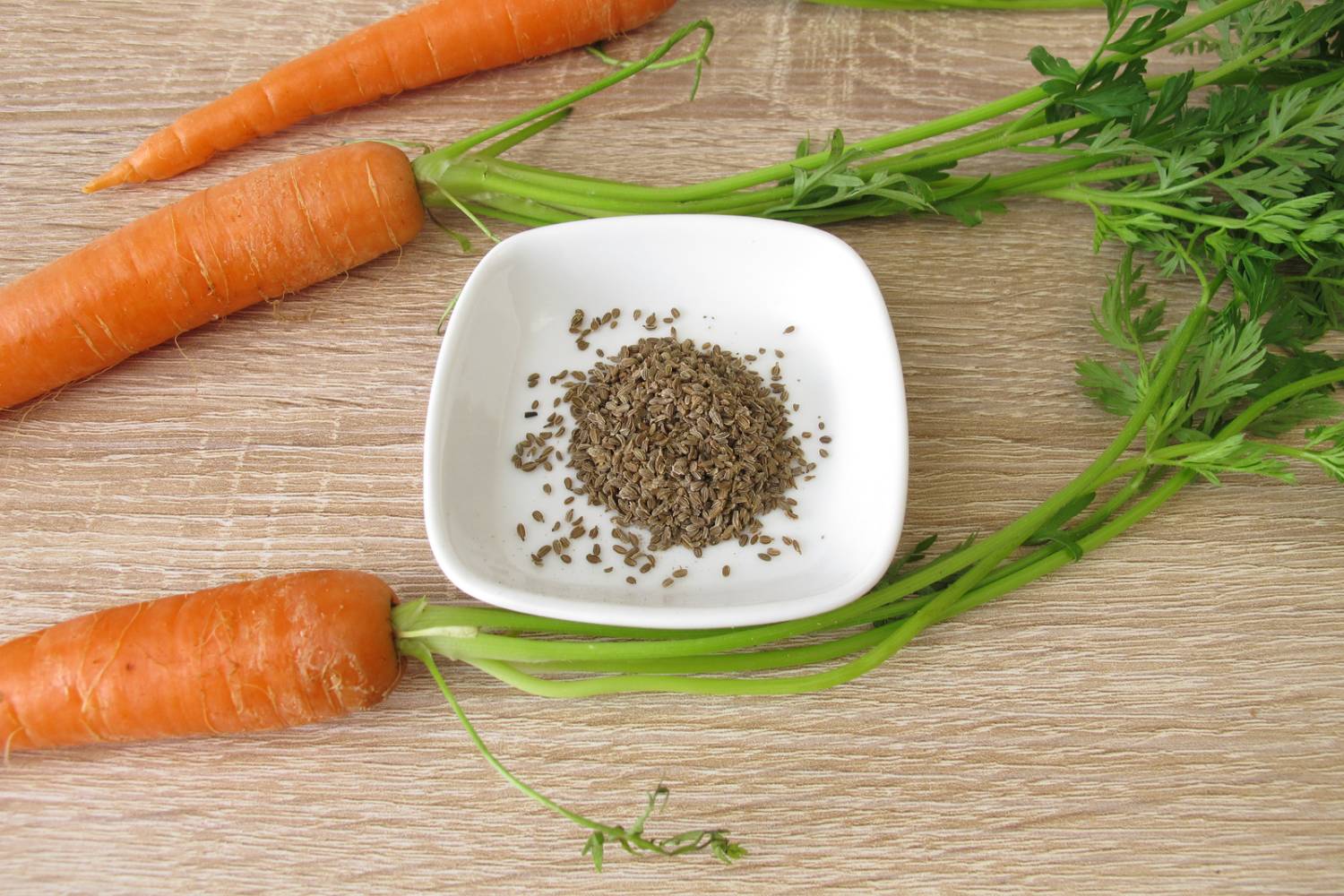
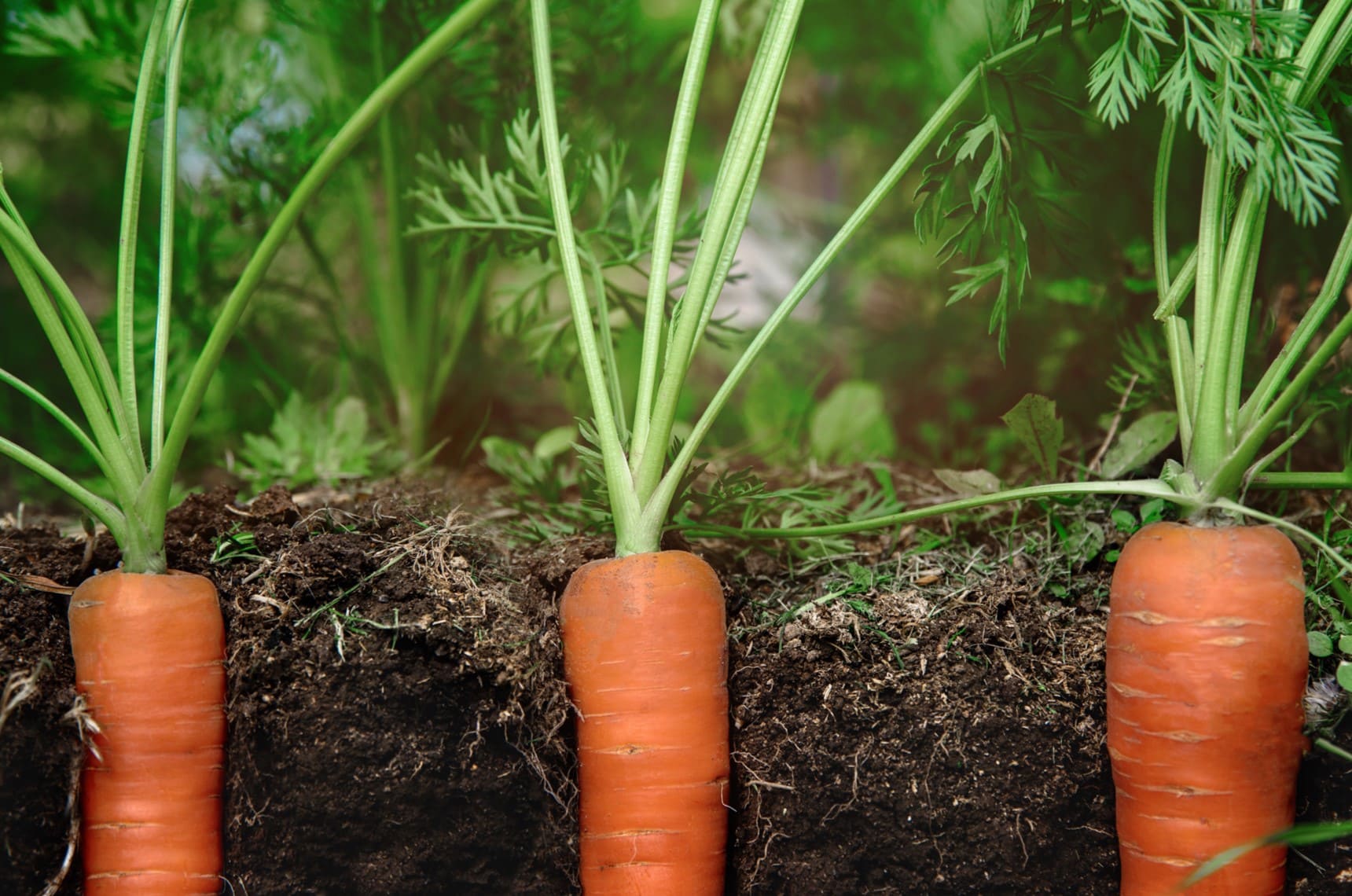
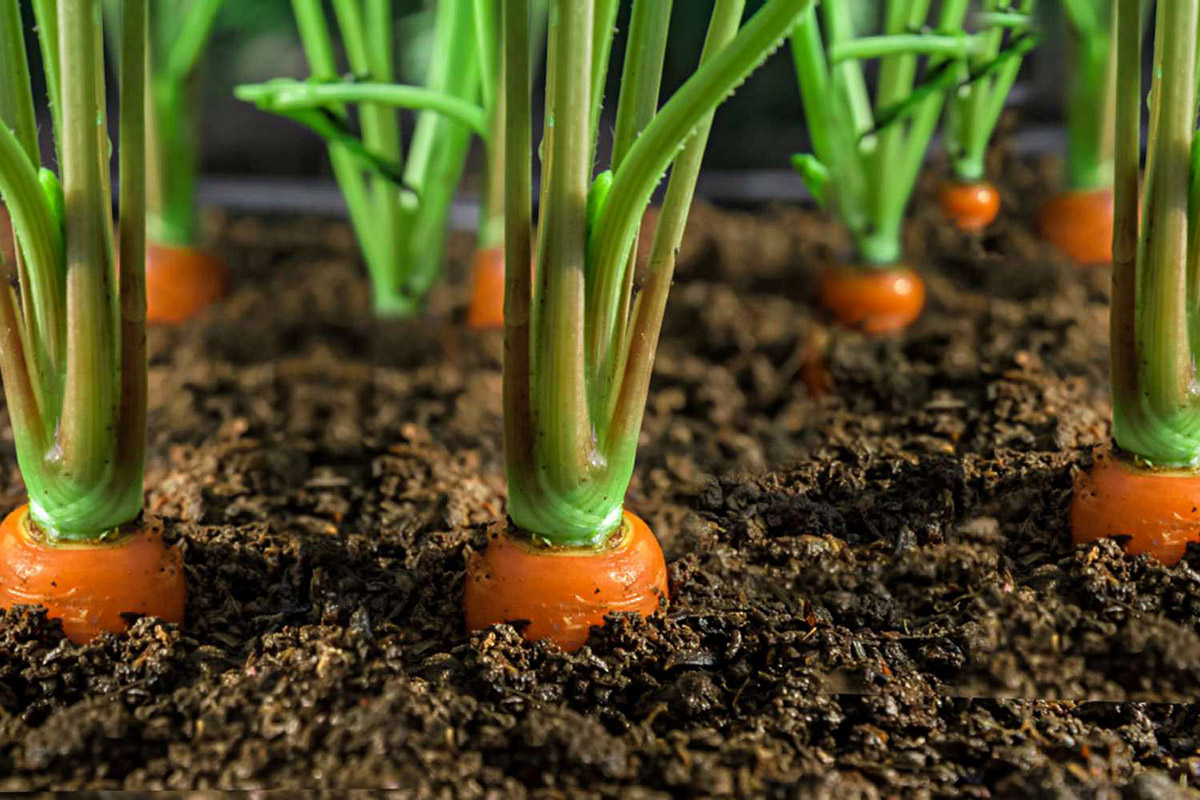
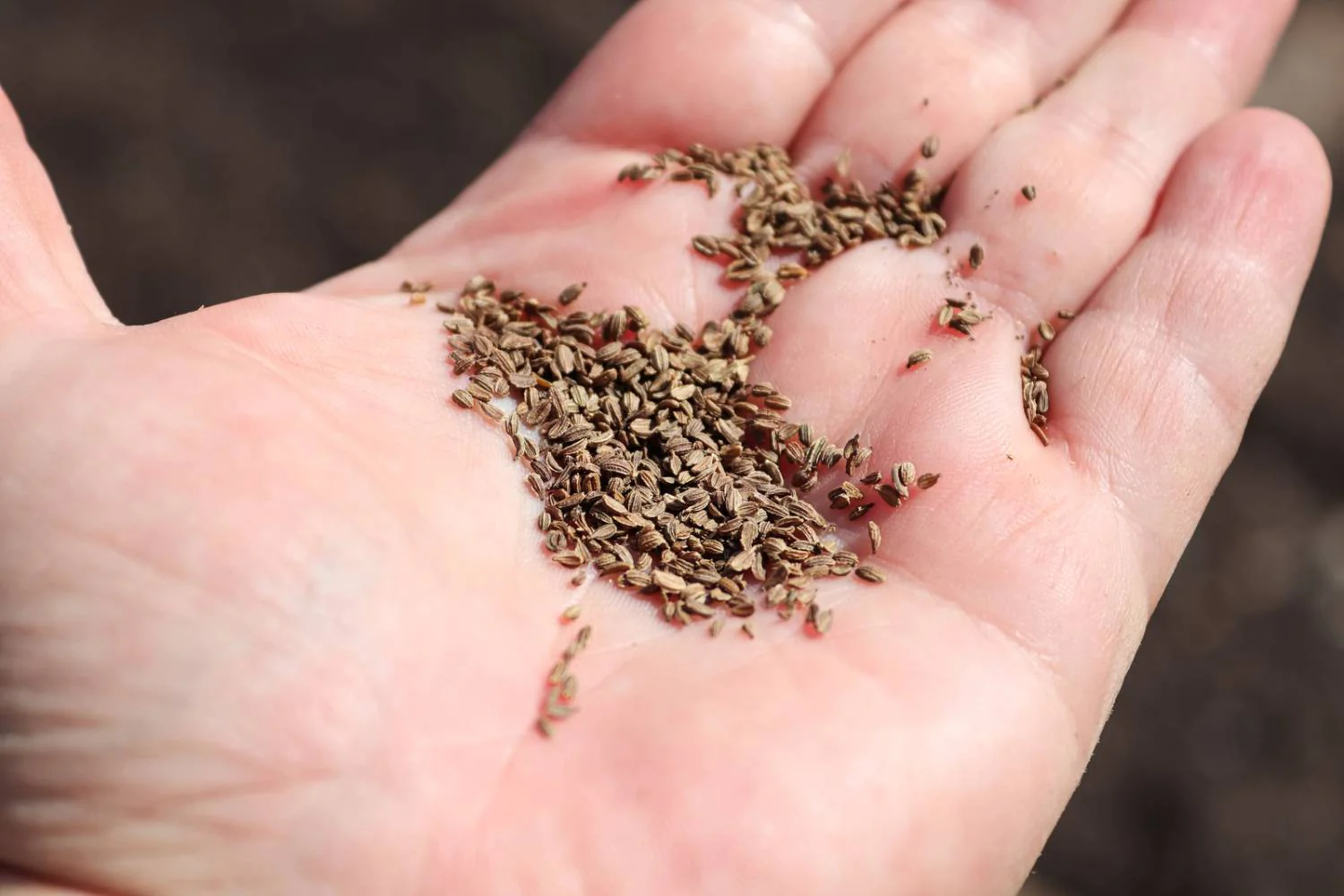

0 thoughts on “How Many Carrots From One Seed”